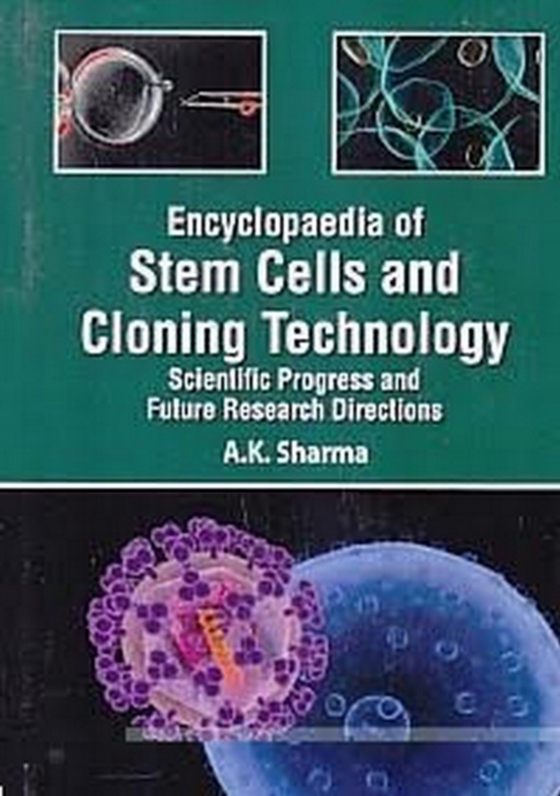
Encyclopaedia Of Stem Cells And Cloning Technology Scientific Progress And Future Research Directions Basic Principles And Potential Methodologies In Stem Cells Technology e-bog
2921,57 DKK
(inkl. moms 3651,96 DKK)
Stem cells are mother cells that have the potential to become any type of cell in the body. One of the main characteristics of stem cells is their ability to self-renew or multiply while maintaining the potential to develop into other types of cells. Stem cells can become cells of the blood, heart, bones, skin, muscles, brain etc. Clones are organisms that are exact genetic copies. Every single...
E-bog
2921,57 DKK
Forlag
Centrum Press
Udgivet
30 juni 2015
Længde
302 sider
Genrer
PSF
Sprog
English
Format
epub
Beskyttelse
LCP
ISBN
9789354105982
Stem cells are mother cells that have the potential to become any type of cell in the body. One of the main characteristics of stem cells is their ability to self-renew or multiply while maintaining the potential to develop into other types of cells. Stem cells can become cells of the blood, heart, bones, skin, muscles, brain etc. Clones are organisms that are exact genetic copies. Every single bit of their DNA is identical. Clones can happen naturallyidentical twins are just one of many examples. Or they can be made in the lab. Below, find out how natural identical twins are similar to and different from clones made through modern cloning technologies. Many people first heard of cloning when Dolly the Sheep showed up on the scene in 1997. Artificial cloning technologies have been around for much longer than Dolly, though. The term cloning is used by scientists to describe many different processes that involve making duplicates of biological material. In most cases, isolated genes or cells are duplicated for scientific study, and no new animal results. The experiment that led to the cloning of Dolly the sheep in 1997 was different: It used a cloning technique called somatic cell nuclear transfer and resulted in an animal that was a genetic twin although delayed in time of an adult sheep.This technique can also be used to produce an embryo from which cells called embryonic stem (ES) cells could be extracted to use in research into potential therapies for a wide variety of diseases. There are two ways to make an exact genetic copy of an organism in a lab: artificial embryo twinning and somatic cell nuclear transfer. This encyclopaedia will be an essential reading for anyone interested in cell biology or introductory biology.
 Dansk
Dansk

